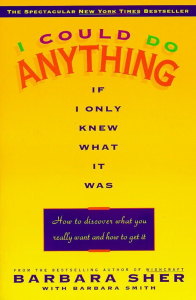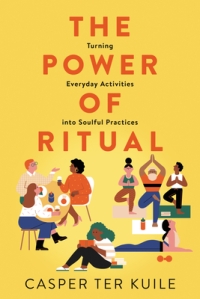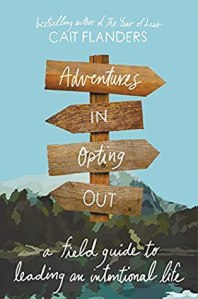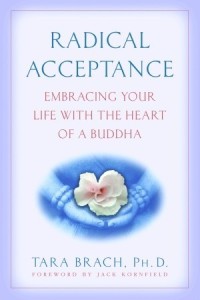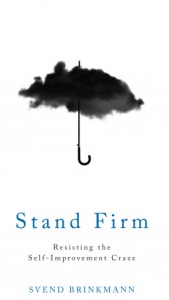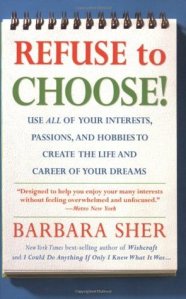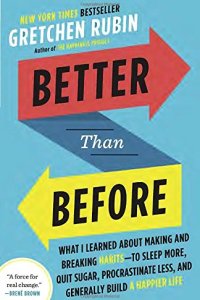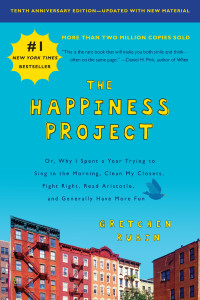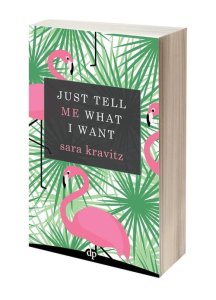Title: I Could Do Anything If I Only Knew What It Was: How to Discover What You Really Want and How to Get it
Author: Barbara Sher with Barbara Smith
Genre: Self-Help
Trigger Warnings: Cisnormativity, heteronormativity, parent death (mentions), spouse death (mentions), child abuse (mentions), emotional abuse (mentions)
Back Cover:
If you suspect there could be more to life than what you’re getting, if you always knew you could do anything—if you only knew what it was—this extraordinary book is about to prove you right. No matter what your age, no matter how “unattainable” your dreams, you can create and live a life you love.
I Could Do Anything If Only I Knew What It Was reveals how you can recapture “long lost” goals, overcome the blocks that inhibit your success, decide what you want to be, and live your dreams forever. You will learn:
- What to do if you never chose to be what you are.
- How to get off the fast track—and on to the right track.
- First aid techniques for paralyzing chronic negativity.
- How to regroup when you’ve lost your big dream.
- To stop waiting for luck—and start creating it.
A life without direction is a life without passion. I Could Do Anything If Only I Knew What It Was guides you not to another unsatisfying job but to a richly rewarding career rooted in your heart’s desire.
Review:
I had some reservations about this book, as I read Barbara Sher’s Refuse to Choose! several years ago and found it occasionally insightful but overall unimpressive. But the title of this book called me so dramatically that it might have well have been called Jay Needs to Read This Book. I have often said that my biggest problem in getting anything done is that I genuinely could get good at almost anything, I just don’t know what I want to do. So I decided to give this book a try.
I’m not sure what Barbara Smith contributed to this book, because the writing style is most definitely Barbara Sher’s. Like Refuse to Choose!, it spent the first part of the book establishing the idea and laying general ground rules, and then the rest of the book examining detailed ideas for different people depending on what specific issue they were dealing with. And I think it did it significantly better. Refuse to Choose! felt like it was introducing a concept, but this one felt more like it was providing advice and solutions, so the whole book worked better. The book uses a ton of specific examples of people Barbara has helped work through the processes she recommends, which solves my biggest issue with the other book: I still don’t know where Barbara gets her ideas, but at least the examples provided some authority. Whatever other kind of expertise and experience she has, at least the examples show her methods do work in some cases. It’s also packed to the gills with practical exercises no matter what is really holding you back, which I deeply appreciate.
And now I’m done with the comparison part of the review, and we can actually talk about what’s in this book. Because there’s a lot.
Barbara identifies ten different reasons why you might be struggling to pursue or even identify what you want:
- Fear of leaving less-successful loved ones behind
- Too many interests to make progress on any of them
- Busy making a lot of progress, but not on something you want
- What you really want is something you don’t think you “should” want
- Recent graduate intimidated by choosing the course of the rest of your life
- Radical life change (good or bad) and you aren’t sure what to do in general
- Already achieved your dream, then lost it forever due to circumstances out of your control
- Never find anything interesting
- Doing anything other than your dream (even the work to get to your dream) is too frustrating
- Trying really hard to want something even though it’s not really what you want
Personally, I relate most to the second one – way too many diverse interests to really focus on any of them. (If I spend all my time writing, I’ll never sew; if I sew all the time, I won’t have the energy to grow my business; if I focus on growing my business, I won’t have time to study for a Master’s degree; if I’m studying for a Master’s degree, I won’t feel like studying IT … you get the picture.) But I read every section, and all of them have great advice.
I really appreciate how Barbara focuses on the underlying emotions. You can’t force yourself to feel (or not feel) something, and you don’t get a whole lot of say in what your heart desires. Some of the reasons you’re struggling to find what you want and pursue it she ties back to childhood trauma (which, as a person who’s done a lot of reading on trauma and its effects, made a lot of sense to me.) Others she tied to family dynamics, emotional states, or thinking patterns you didn’t realize you learned. And she provides so many exercises to do, some by themselves and some sequentially, to help you feel and process your emotions. I don’t think I’ve ever seen a self-help book about hobbies and careers be this emotionally aware, and I am impressed.
I even paused reading for a bit to actually do one of the exercises in the “too many interests” chapter. As much as I appreciate exercises, I very rarely do them while reading – generally I read the whole book and then go back. But this one I did stop reading to do, and it was enlightening.
The funniest thing about this reading experience is that even though this book is astonishingly insightful, emotionally-aware, and almost therapy-like, very little of this is actually revolutionary. Barbara’s main skill here is helping you get in touch with your own feelings about things or pointing out the obvious that an impartial observer can see much better than someone close to the issue. I’ll use the most dramatic one for me, from chapter six (“I Want Too Many Things; I’m All Over the Map”). The problem here is the person who likes too many things to stick with one. Barbara outlines the issue, and then says, “Hm. What if you did everything you want to do, just not all at once?”
When you think about it, that’s extremely logical and fairly obvious advice. None of the things I want to do are mutually exclusive, and there’s no rule that says I have to focus on only one of them. But somehow that idea had never occurred to me before. So much of self-help content is about doing everything, and we tend to assume that if we’re not actively doing something we don’t like it. So it felt revolutionary for someone to say, “Yeah, you can not write a word for several months while you focus on sewing a bunch of stuff, that’s fine.” The exercise I did had me make a list of all the different “lives” I would like to live (I came up with 12) and then analyze what I could do in a year, two years, twenty minutes a day, and other timeframes. And you know, it turns out I can do everything I want to do – just not all at the same time.
For as great as this book is, there are some parts of it that I don’t love. One is that it’s very career-focused – it pays lip service to the idea of finding a low-effort job and using your free time to do things you love, but the vast majority of it equates “finding what you love” with “finding your dream job.” As someone who doesn’t really have a “dream job” (I simply do not dream of labor), I found that irritating, but as the content was generally good it wasn’t a dealbreaker.
Also, this book was published in 1994, and sometimes it shows its age. There’s a whole section about how getting on this newfangled Internet thing is actually pretty cool and how to find someone to help you out if you don’t think you can get on the internet by yourself. It also includes stories of people with jobs like “word processor,” which apparently in 1994 was a business job held by a person and not a type of software. I would love a 2023 update of this, but since Barbara Sher died in 2020 that seems unlikely.
My final criticism is a general lack of acknowledgement of mental illness. I’m sure it had something to do with the time it was written, but for a book that is as astonishingly emotionally aware and cognizant of issues of grief and childhood trauma, there’s a whole chapter that’s basically “I don’t know what I want because I have chronic/severe depression that includes an inability to experience pleasure in anything” and never once considers depression as a potential issue. Barbara assumes that some sort of childhood problem stymied your ability to be enthusiastic about your career and that is the issue. For some people, it may be. But the way she describes it – “chronic negativity,” “everything looks pointless,” “genuine despair” – sounds a whole lot like a person with clinical depression. She does at least mention that it might be worth seeing a doctor, but the rest of her prescription – exercise, introspection, and “just do something” – may not be incredibly helpful if your issue is mental illness.
All told, this book does have its issues (most of them likely stemming from the fact that it is nearly thirty years old). But it’s also astonishingly useful. This book is everything Refuse to Choose! tried to be – at least a little authoritative, packed with examples, filled with actually useful and compelling exercises, and explaining not only a new idea but what to do with it. It’s definitely not perfect, but it’s great for a very particular type of person. It’s exactly what it says on the tin: If you feel like you could do anything if only someone would tell you what you want to do, this book is for you.

